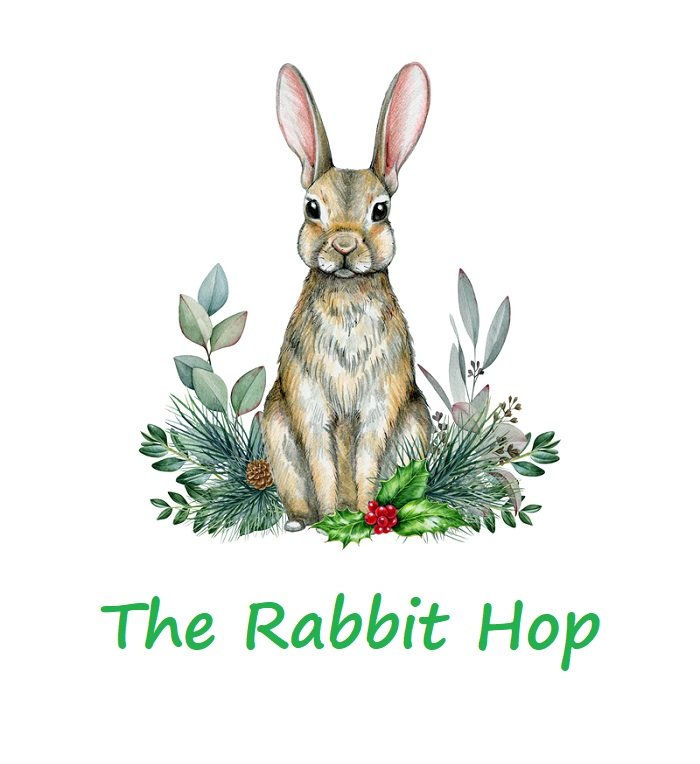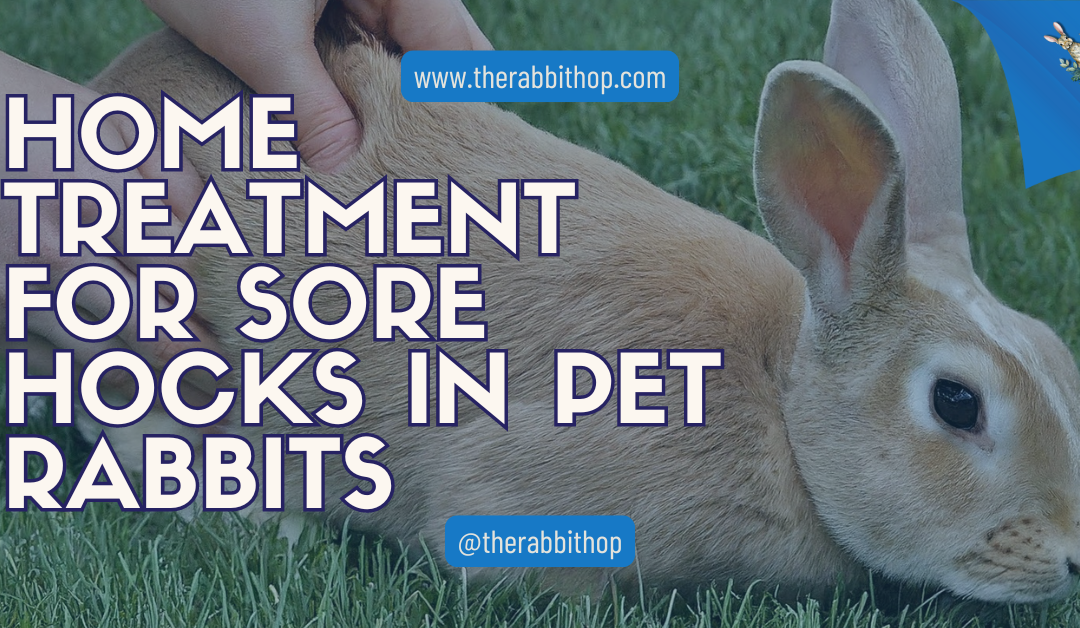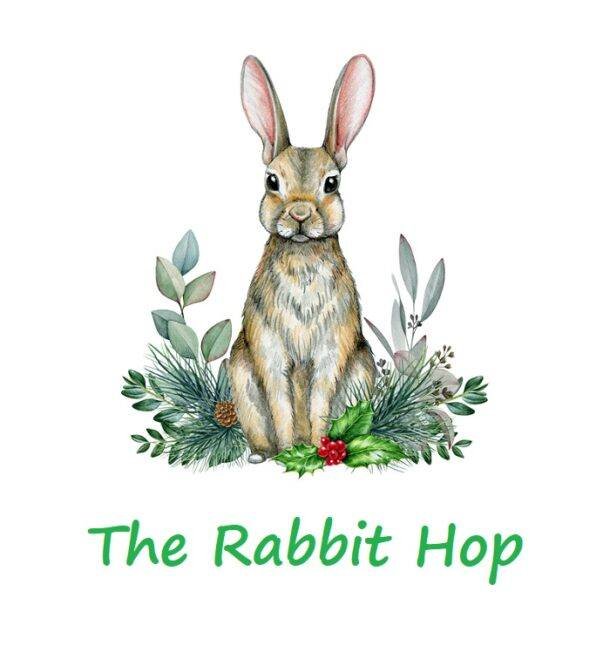Home treatment for sore hocks in pet rabbits is essential to ensure the comfort and health of your furry companion. Rabbits are delightful pets known for their gentle nature and adorable features. However, one common issue that can cause distress for both pets and their owners is sore hocks. These painful sores can make hopping around a struggle for your furry friend. Fortunately, effective home care solutions are available that can ease your rabbit’s discomfort and speed up their recovery. In this article, we’ll explore practical and proven methods to treat sore hocks, ensuring your pet returns to its happy, hoppy self in no time. Read on to discover how to create a soothing environment and apply simple treatments to help your rabbit thrive.
Home Treatment for Sore Hocks in Pet Rabbits: Effective Home Care Solutions

Sore hocks can be a painful problem for pet rabbits. This condition happens when a rabbit’s feet get sore and inflamed. Treating sore hocks in rabbits involves cleaning the affected area, applying medication, and changing the rabbit’s living space to prevent future issues. Rabbits with sore hocks need quick care to feel better. You can help your furry friend by gently cleaning their feet and using soft bandages.
It’s also essential to make sure their cage has a comfy floor. This can mean adding soft bedding or special mats. Taking care of sore hocks at home is a good start. But sometimes rabbits need help from a vet, too. A vet can give stronger medicines and advice on how to keep your rabbit healthy in the long run.

Key Takeaways
- Start treatment by gently cleaning the affected area with warm water and mild soap, then apply antibiotic ointment and use soft, non-stick bandages to cover the sores.
- To prevent further irritation, improve your rabbit’s environment by using soft flooring and bedding like fleece or mats. Avoid wire-bottom cages and keep the cage clean and dry.
- For severe cases or if home treatments aren’t effective, consult a veterinarian for professional care, including antibiotics, pain management, and advanced wound care.
- Address factors contributing to sore hocks by maintaining a balanced diet, monitoring weight, providing regular exercise, and trimming nails to reduce pressure on the feet.
- Regularly check your rabbit’s feet for signs of sore hocks, maintain good hygiene, and make necessary adjustments in their living space to prevent the condition from recurring.
Understanding Sore Hocks in Rabbits
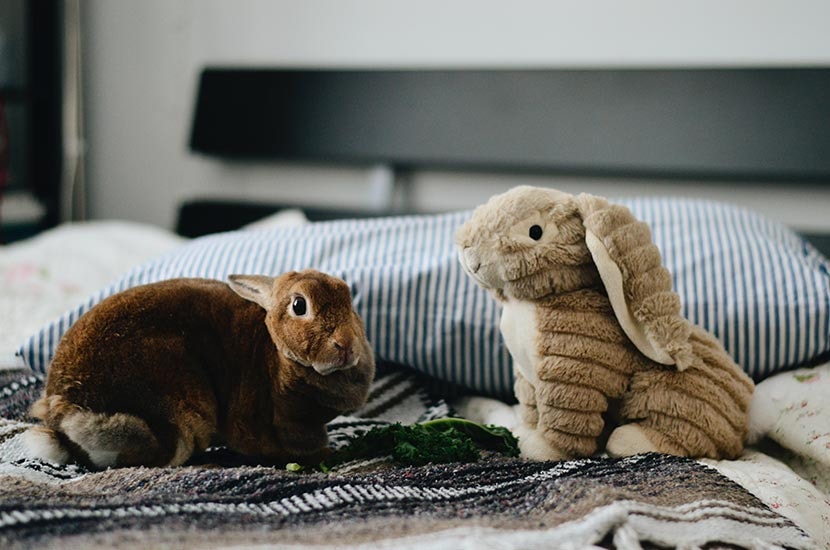
Sore hocks are a painful condition affecting rabbits’ feet. Home treatment for sore hocks in pet rabbits is crucial, as various factors can cause these sores and lead to serious health issues if not addressed promptly.
Definition and Causes
Sore hocks, also known as pododermatitis, occur when the skin on a rabbit’s feet becomes irritated and inflamed. This often happens on the back foot. Damp bedding in litter boxes can soften foot skin and promote bacteria growth, leading to sore hocks. Other common causes include:
- Hard or wire flooring
- Obesity puts extra pressure on feet.
- Poor hygiene
- Long nails forcing rabbits to sit back on their hocks.
- Genetic factors (some breeds are more prone)
To prevent sore hocks, provide soft bedding and keep your rabbit’s living area clean and dry.
Symptoms and Diagnosis
Watch for these signs of sore hocks in your rabbit:
- Redness or hair loss on foot pads
- Scabs or open sores
- Limping or reluctance to move
- Changes in behavior (aggression, lethargy)
Your rabbit may show signs of pain, like hunching or being less active. If you notice these symptoms, take your rabbit to a vet. They will examine your pet’s feet and may clean the affected areas to diagnose sore hocks.
Risks of Untreated Sore Hocks
Leaving sore hocks untreated can lead to serious problems for your rabbit:
- Infections that spread to bones or blood
- Chronic pain and discomfort
- Difficulty moving or exercising
- Decreased quality of life
In severe cases, untreated sore hocks may even result in the need for amputation. Early treatment is key to preventing these complications. Regular foot checks and proper care can help catch and address sore hocks before they become severe.
Immediate Care Tips
Quick action is key when dealing with sore hocks in rabbits. Home treatment for sore hocks in pet rabbits includes taking steps at home to provide relief and prevent further damage. These measures focus on first aid and adjusting your rabbit’s living space.
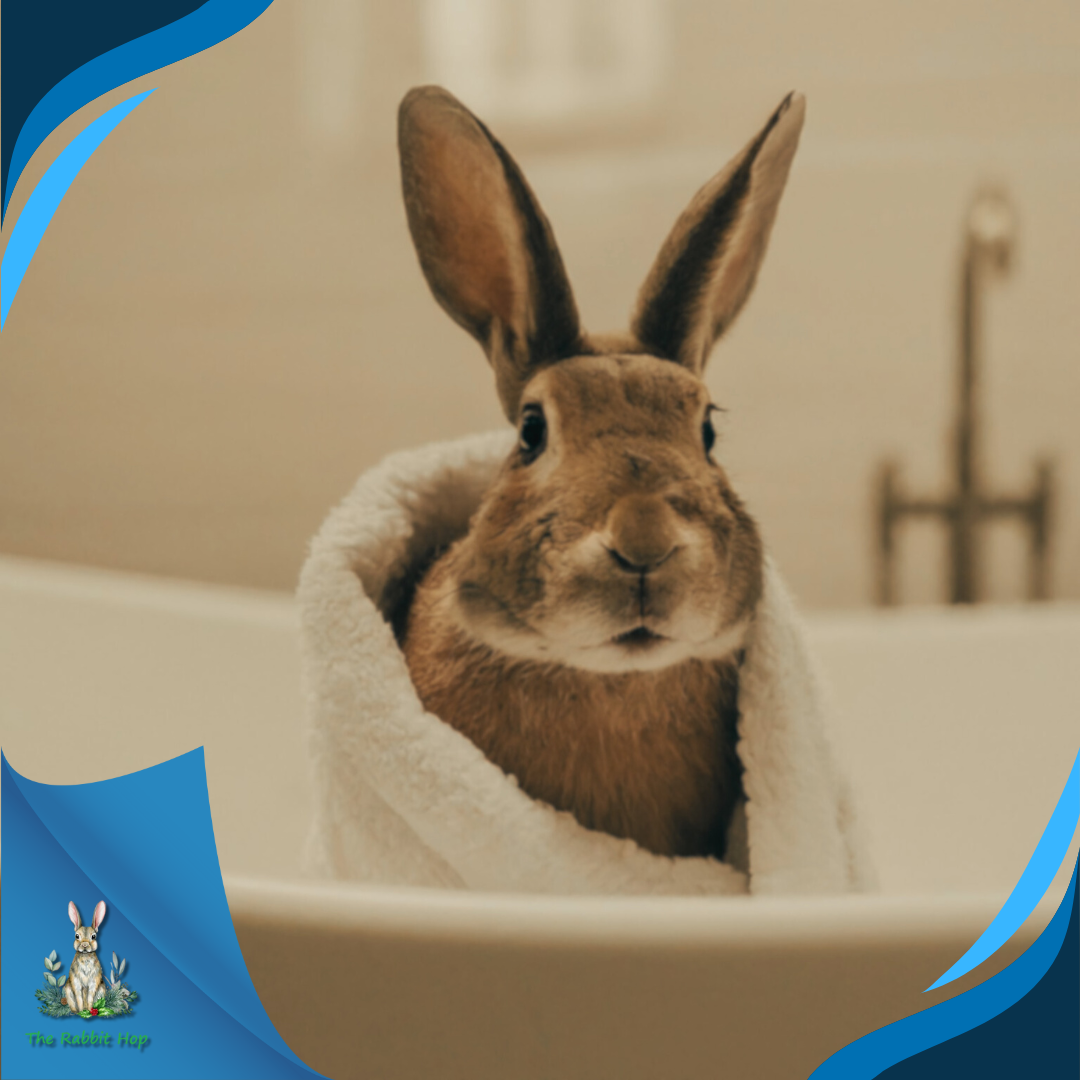
First Aid Measures
Clean the affected area gently with warm water and mild soap. Pat dry with a soft towel. Apply a thin layer of antibiotic ointment to prevent infection. You can use a non-stick gauze pad to cover the sore spots. Be careful not to wrap too tightly. Give your rabbit pain relief.
Ask your vet about safe options like meloxicam. Keep your bunny’s nails trimmed short. Long nails can worsen sore hocks. Offer soft bedding for comfort. Fleece blankets or towels work well. Change bedding daily to keep the area clean and dry.
Cage Modifications
Switch to soft flooring in your rabbit’s cage. Use fleece, soft mats, or carpet squares. Avoid wire floors that can hurt sensitive paws. Add more padding to resting areas. Place thick towels or foam mats in corners where your rabbit likes to sit. Make sure there’s always a soft spot available.
Increase the cage size if possible. More space lets your rabbit move around freely. This reduces pressure on sore spots. Aim for at least four times your rabbit’s size when stretched out. Clean the cage daily. Remove wet spots and droppings promptly. A clean environment helps prevent infections in sore areas.
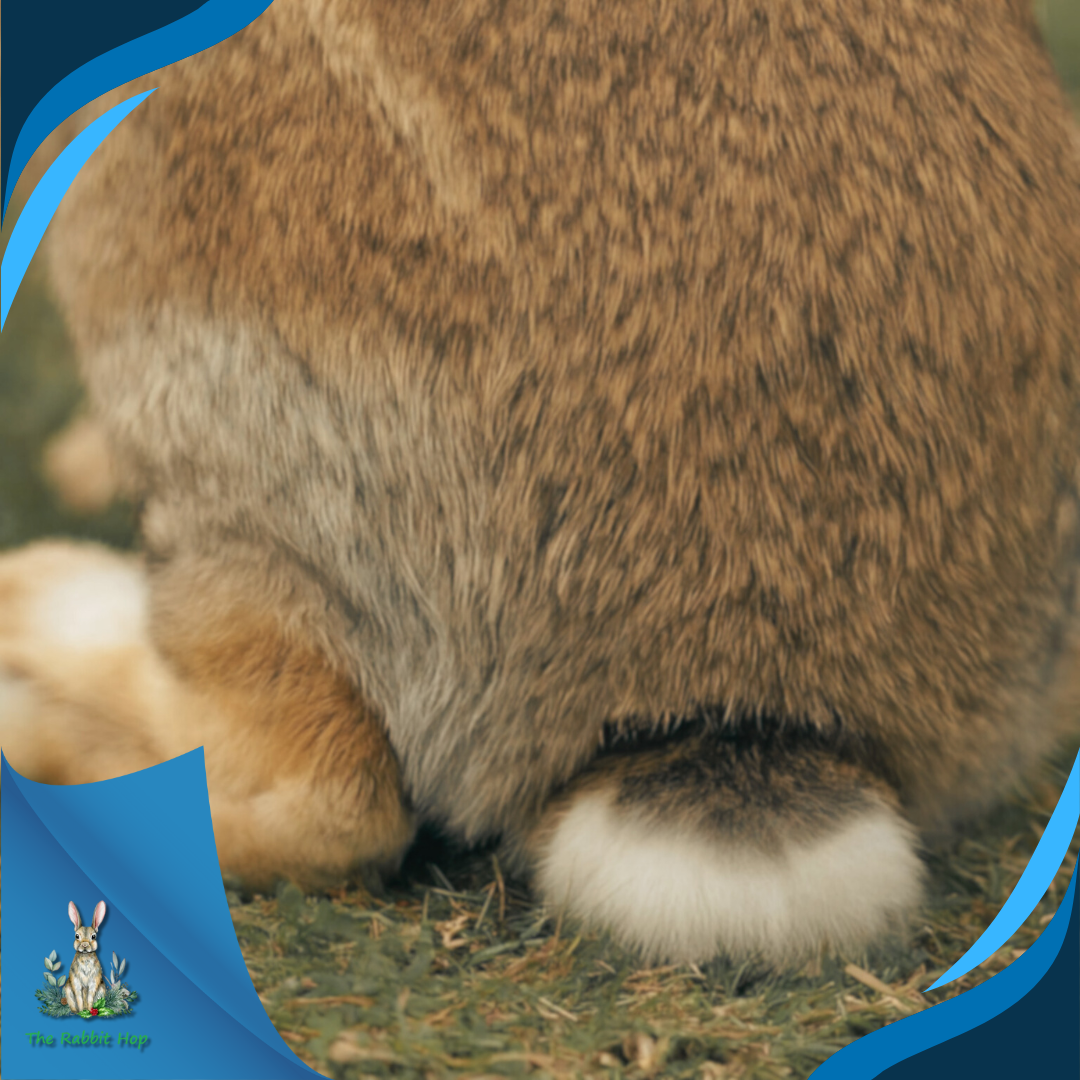
Did You Know?
Effective home remedies for treating a rabbit’s sore hocks include gently cleaning the area with diluted betadine and applying a thin layer of antibiotic ointment. It’s important to keep the area dry and clean. Consulting a vet before trying home treatments is always recommended.
By: Homesteaders On The Hill
Professional Veterinary Treatments
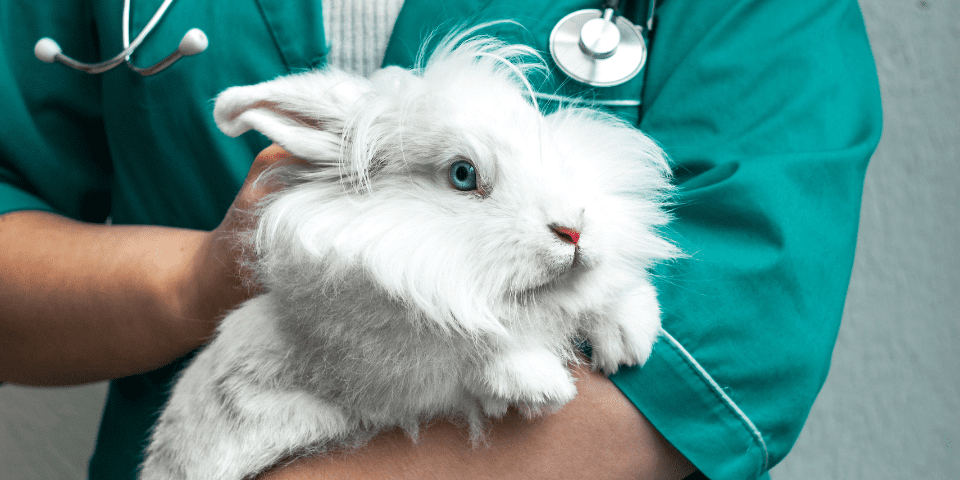
Veterinarians offer specialized care for rabbits with sore hocks. Home treatment for sore hocks in pet rabbits involves targeted approaches to reduce pain, prevent infection, and promote healing. These treatments are designed to address the specific needs of rabbits, ensuring they receive the best possible care for a swift recovery.
Antibiotics and Pain Management
Your vet may prescribe antibiotics to fight infections in your rabbit’s sore hocks. These medications come in oral or injectable forms. Common antibiotics include enrofloxacin or trimethoprim-sulfa. For pain relief, vets often use meloxicam or buprenorphine.
These drugs help your rabbit feel more comfortable during recovery. Your vet will determine the right dose based on your rabbit’s weight and condition. Sometimes, topical antibiotics or pain relievers are applied directly to the affected areas. This targeted approach can speed up healing and provide local pain relief.
Wound Dressing and Bandaging
Proper wound care is crucial for treating sore hocks in rabbits. Your vet will clean the affected areas with antiseptic solutions to remove debris and bacteria. After cleaning, they’ll apply medicated ointments to promote healing and prevent infection. These may contain antibiotics or wound-healing agents.
Bandaging protects the sore hocks and keeps medications in place. Your vet will use soft, non-stick gauze to cover the wounds. They’ll then wrap the feet with cohesive bandages. You’ll need to change the bandages regularly. Your vet will show you how to do this at home. They’ll also teach you to check for signs of healing or worsening.
Long-Term Management Strategies
Proper care and environmental changes, as part of the home treatment for sore hocks in pet rabbits, can prevent this issue from recurring. Adjust flooring, bedding, diet, and exercise routines to keep your rabbit’s feet healthy.
Flooring and Bedding Materials
Choose soft, supportive flooring for your rabbit’s living space. Avoid wire-bottom cages, as they can hurt your rabbit’s feet. Use solid flooring with cushioned mats or fleece bedding. Add thick layers of hay or straw in parts of the enclosure. This mimics a natural environment and cushions your rabbit’s feet.
Place non-slip mats in high-traffic areas to prevent slipping and reduce pressure on the hocks. Clean and replace bedding regularly to maintain a dry, hygienic space. Consider using soft towels or puppy pads in resting areas for extra comfort. Rotate different bedding materials to prevent boredom and provide varied textures for foot health.
Diet and Exercise
Feed a balanced diet rich in hay to promote overall health and maintain a healthy weight. Excess weight can strain your rabbit’s feet, so monitor food intake carefully. Offer fresh vegetables and limited pellets as part of a varied diet. Ensure your rabbit gets enough vitamins C and E to support skin health. Provide daily exercise opportunities outside the cage.
Create a safe play area with non-slip flooring to encourage movement and prevent obesity. Use puzzle toys and scattered feeding to promote foraging behaviors. This increases activity and reduces time spent sitting in one spot. Regularly trim your rabbit’s nails to prevent overgrowth, which can alter foot posture and increase pressure on the hocks.
Preventing Recurrence
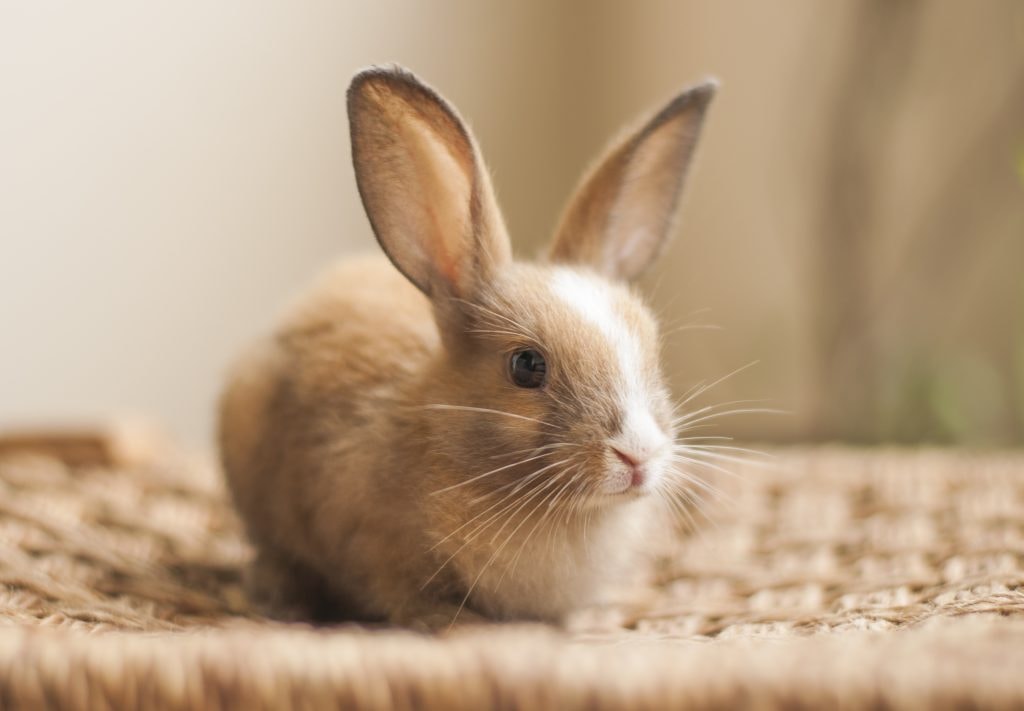
Proper care and environmental changes, as part of the treatment for sore hocks in pet rabbits, can prevent this issue from recurring. Home treatment for sore hocks in pet rabbits involves focusing on adjusting flooring, bedding, diet, and exercise routines to keep your rabbit’s feet healthy.
Regular Monitoring
Check your rabbit’s feet often. Look for any redness, swelling, or hair loss. These can be early signs of sore hocks. Feel the bottoms of your rabbit’s feet gently. They should be soft and furry. If you notice any changes, take action right away.
Early treatment can stop minor issues from getting worse. Sore hocks can be painful for rabbits, so quick action is essential. Keep track of your checks in a notebook or on your phone. This helps you spot patterns over time.
Hygiene and Grooming Practices
Clean your rabbit’s living space daily. Damp bedding can soften foot skin, making it easier to get hurt. Use soft, dry bedding and change it often. Trim your rabbit’s nails regularly. Long nails can change how your rabbit walks, putting extra pressure on their feet. If you need help with how to trim nails, ask a vet to show you.
Brush your rabbit’s fur, including their feet. This keeps their coat healthy and lets you check for any foot problems. Use a gentle brush to prevent damaging their skin. Give your rabbit a smooth surface to rest on. Fleece blankets or soft mats work well. This gives their feet a break from harder floors.
Home Treatment for Sore Hocks in Pet Rabbits: Rehabilitation and Recovery
Proper care and patience are key for helping your rabbit heal from sore hocks. Recovery involves rest, wound care, and gentle exercises to rebuild strength.
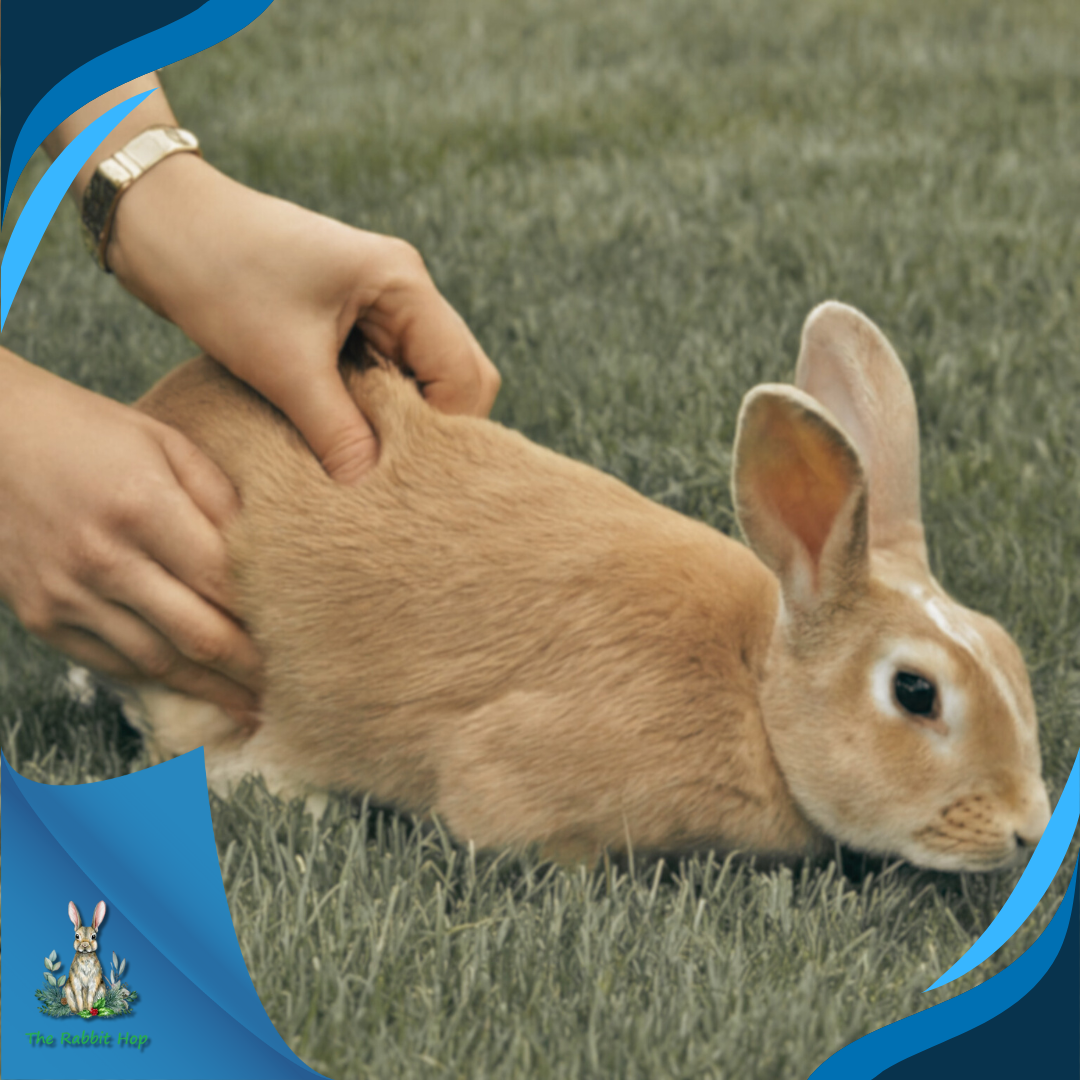
Healing Time Frame
Sore hocks in rabbits typically take 2-4 weeks to heal with proper treatment. Mild cases may improve faster, while severe cases can take 6-8 weeks or longer. Be patient during this time.
Keep your rabbit’s living area clean and provide soft bedding to prevent further irritation. Change bandages daily if used. Watch for signs of improvement like reduced redness and new skin growth. If you don’t see progress after a week, consult your vet.
Physical Therapy Options
Gentle exercises can help your rabbit regain mobility as the sores heal. Start with short, supervised periods out of the cage on a soft surface. Encourage movement with treats or toys. Place items slightly out of reach so your rabbit has to stretch. This promotes blood flow to the feet. Try massage to improve circulation.
Gently rub above the affected areas for a few minutes daily. Avoid touching sore spots directly. Consider hydrotherapy if recommended by your vet. Shallow, warm water soaks can reduce swelling and promote healing. Gradually increase activity as healing progresses. Always monitor your rabbit for signs of discomfort during therapy sessions.
Home Treatment for Sore Hocks in Pet Rabbits: Additional Considerations
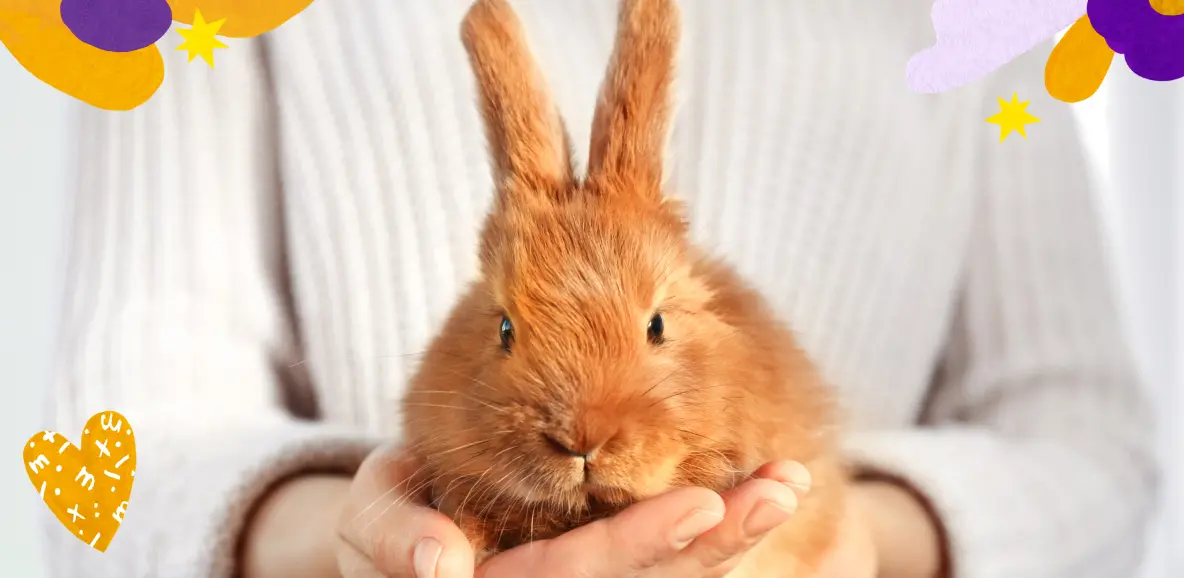
Treating sore hocks in rabbits involves more than just addressing the immediate symptoms. Certain breeds and environmental factors play crucial roles in prevention and management.
Breeds Prone to Sore Hocks
Rex rabbits are more likely to develop sore hocks due to their short, fine fur. This offers less protection for their feet. Large breeds like Flemish Giants are also at higher risk. Their weight puts extra pressure on their feet.
Lop-eared rabbits may be prone to sore hocks, too. Their body shape can affect how they distribute weight on their feet. If you have these breeds, pay extra attention to their foot health. Regular checks and proper care are key to preventing issues.
Environmental Factors
The flooring in your rabbit’s enclosure is crucial. Soft bedding is a must to protect their feet. Avoid wire floors, which can hurt their paws. Keep your rabbit’s living area clean and dry. Damp bedding can soften foot skin, making it more prone to injury. Provide enough space for exercise.
Regular movement helps distribute weight evenly on their feet. Trim your rabbit’s nails regularly. Long nails can change how they walk, putting extra stress on certain parts of their feet. Offer varied surfaces in their space. This helps strengthen their feet and prevents constant pressure on one area.
Here’s an additional video on the real reason rabbits get sore hocks
By: The Rabbitry Center
Ensuring Your Rabbit’s Well-Being: The Importance of Treating and Preventing Sore Hocks
Home treatment for sore hocks in pet rabbits is vital for maintaining their health and well-being. Recognizing the symptoms early and implementing effective home care solutions can greatly alleviate your rabbit’s discomfort and prevent the condition from worsening. From gentle cleaning and proper bandaging to making necessary adjustments in their living environment, these steps play a crucial role in your rabbit’s recovery.
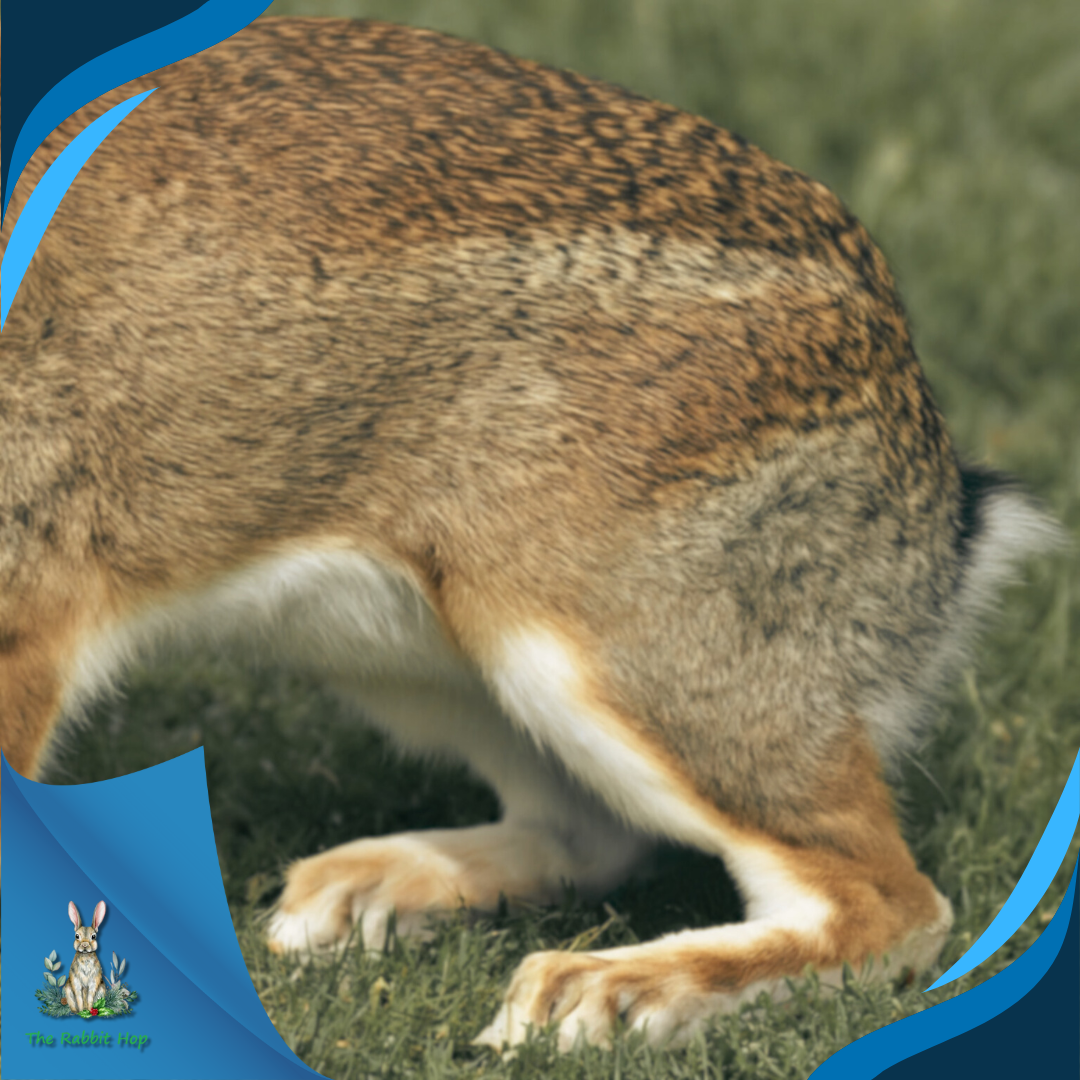
Additionally, consulting with a veterinarian ensures that your rabbit receives comprehensive care, including antibiotics and pain management if needed. Long-term strategies such as proper diet, exercise, and regular monitoring will help prevent sore hocks’ recurrence. Remember, your proactive care and attention can make a significant difference in your rabbit’s quality of life, allowing them to hop around happily and comfortably once again.
Frequently Asked Questions
What Are the Initial Signs of Sore Hocks in Rabbits?
Sore hocks often start with hair loss on the bottom of the feet. You may notice redness, swelling, or scabs forming on the affected areas. Your rabbit might also show signs of discomfort, such as reluctance to move or changes in hopping behavior.
How Can I Prevent Hock Sores in My Rabbit?
Provide soft bedding and avoid wire-bottom cages. Keep your rabbit at a healthy weight and trim their nails regularly. Encourage exercise and provide a clean living space. Regular foot checks can help catch issues early.
What Types of Bedding Are Recommended for Rabbits With Sore Hocks?
Fleece blankets, towels, or thick cotton mats work well. You can also use soft hay or straw. Avoid rough or abrasive materials. Change bedding frequently to maintain cleanliness.
Come Hop with Us on Social Media!
Do you adore your bunny? So do we at The Rabbit Hop!
Find us online for:
- Bunny Fun: Cute videos, interesting facts, and tips for keeping your bunny happy!
- Top Product Reviews: Find out what’s best for your fluffy friend.
- Bunny Community: Meet and connect with other bunny lovers just like you
Follow us on:
Let’s make your bunny the happiest hopper on the block!
